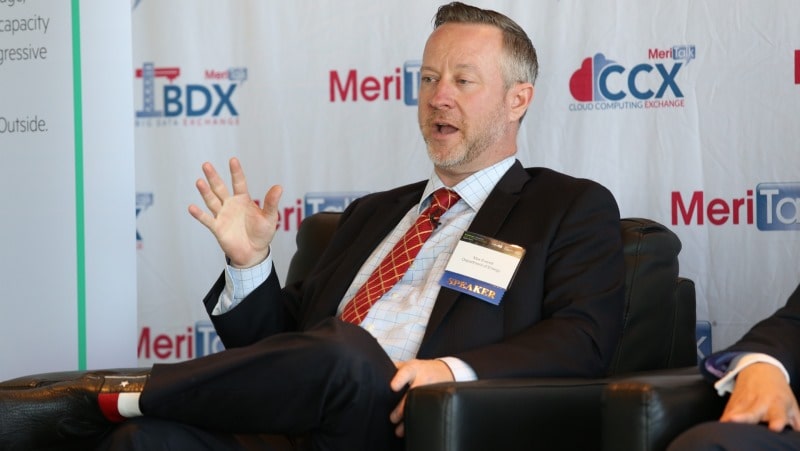
Department of Energy (DoE) CIO Max Everett said the agency’s Technology Modernization Fund (TMF) project is helping to align the activities of DoE’s wide range of labs and offices, and that the TMF process has helped DoE learn to prioritize all of its future IT projects around cost efficiency and business case.
“TMF was a fairly big deal for us to move forward, not only for the financial element but also just culturally as a department,” Everett said during a Sunday appearance on Government Matters.
DoE was awarded $15 million of TMF funding in June to support an enterprise cloud email migration. Everett explained that the project was necessary to start to bring together the disparate threads–and email clients–running concurrently throughout the DoE enterprise.

“We’ve got a large, very diverse department with all our different labs and sites around the country, and so over time we’ve had a large number of email clients and things all over the country,” Everett said. “This was a way to start to pull the entire department together to have a little more uniformity of effort on something commodity–like email–and move it to the cloud.”
Many DoE components were at different points in their modernization journey when the TMF project kicked off, Everett noted.
“We have some of our labs and things that have been leading in moving to the cloud. We have other sites that didn’t have as many people or had unique use cases, and so the TMF funding is really going to help us address all those issues and move into a little more collaborative environment,” he said.
Along that cloud journey, certain segments of DoE had already moved Federal email to the cloud, which helped the department determine some of the cost savings that could be achieved through migration.
“We already had a good understanding, and along with working with some industry partners, we had a very good understanding of the cost savings we had already seen for parts of the department,” Everett said.
The next step, he said, required DoE to determine the cost drain of some of the existing on-premises email deployments. That’s what allowed the agency to build its business case for the TMF–which requires a detailed plan for repayment of the funding.
That plan element appears to be a sticking point, as agencies have yet to produce another winning business case after the first three TMF awards in June. Everett explained why that savings analysis was so vital to the project, and how it also impacted how they see other IT projects going forward.
“Once you do that kind of work, you quickly start to understand the savings,” Everett said. “And I think that really is the fundamental aspect of TMF that we’re so happy about. It changes how we approach all of our IT. This is just a first step. But really we want to make sure that all of the IT projects, all of the things we’re looking at, that we’re doing that sort of business case analysis.”
It seems that DoE has found the transferrable effects of the process that TMF board members have been looking to impress upon agencies–which, according to Federal Acquisition Service Commissioner and TMF Board Member Alan Thomas, is to enable them “to go back and ask those same sort of questions when they’re thinking about all the kinds of investments they can make within their agency.”
Everett added that without that robust analysis, “you’re not going to be able to do modernization in a prioritized manner.”
“None of us are going to have enough money to keep those sort of things going on a regular basis if we can’t defend our decisions and show that we have some type of strategy, that really has to be about cost and business case,” he said.
